Meet Maggie, the go-go queen of '60s Austin
Her friend Farrah had the bigger career, but Maggie Cowart was "it!" in the club scene
The swingin’ discotheque craze hit Texas hard in 1965, and Maggie Cowart was Austin’s twirling Bond Girl. The only talent needed to be a go-go dancer in the ‘60s was to be attractive and wear a shimmy skirt, but Maggie has become something of a legend. Stealing Austin’s heart at clubs like Swingers A-Go-Go and Club Saracen, her name was sometimes bigger in newspaper ads than the band’s.
She was discovered on the dancefloor of Lou Ann’s club in Dallas not long after graduating from Plano High (and stints at Stephen F. Austin and modeling school), and started doing the pony professionally at the Discotheque A-Go-Go up there. Club ownership had expansion dreams and sent Maggie to Austin in the summer of ‘65 to open Le Lollipop off Riverside Drive near I-35.
“Le Pop” didn’t last a year and then burned down, remembered today only because it gave Roky Erickson’s pre-Elevators band the Spades their first gig. But Maggie was unemployed for about half an hour. The Julie Christie lookalike was in demand, even hired to dance at private parties for the rich folks. It didn’t hurt her draw that Playboy had published a photo of her in its “Girls of Texas” pictorial.
One night in September 1965, someone took her to the Villa Capri Motor Hotel to meet Bob Dylan, who was all over the radio with “Like a Rolling Stone.” He was in town with a new band to make his Texas debut at Municipal Auditorium the next night. In an account published in the Texas Ranger, Gilbert Shelton describes Maggie, “the chief go-go girl,” entering the room and sitting next to Dylan on the couch. They were deep in conversation. “When I was in high school we used to go to the beatnik club in Fort Worth, and listening to Bob was like going to that club,” said Cowart, now a grandmother in East Texas. “He had something to say about the war, the culture we were in and music. It was entertaining, to say the least.” Dylan offered a ticket to the show, but Maggie wasn’t really a folk music fan and had to dance at Le Lollipop anyway. “I was really sorry I didn’t go when I heard he played with a rock band.”
Her favorite bands to dance to included Felicity, featuring Don Henley, and the Fabulous Chevelles, both big on the frat party circuit booked by lawyer/ guitarist Charlie Hatchett. Maggie fell for Chevelles bassist Al Staehely, an Austin native who knew the town like a turnaround, and they were the beautiful couple on the scene for a couple three years before he moved to California to join Spirit.
She stayed behind with her girl gang, including Edie, Beverley, Leslie and Vickie. “We all had the best time,” says Cowart. “A lotta laughs, and the bands were so good! Al’s brother John was in Krackerjack and we’d go see them at the New Orleans club every chance we could.” The Jade Room on San Jacinto was another haunt.
Vickie O’Bannon married Leonard Arnold of Lavender Hill Express, who years later wrote a song about his ex-wife’s stunning bestie entitled, “Everybody’s Girl (Dance, Maggie, Dance).”
Cowart inspired a more famous song circa 1970 when she and Staehely, visiting her in NYC, had lunch with Rod Stewart, who was not yet a big star. The subject of songwriting inspiration came up and Maggie said, “well, they say every picture tells a story.” That became the title of Stewart’s third solo LP in 1971, with the breakout hit “Maggie May,” about the older woman who took his virginity. Rod said he changed her name in the song. Hmmm.
Maggie had a gift for connections, introducing Henley to Kenny Rogers, Bobby Doyle’s former bassist, whose First Edition had a big hit in ‘67 with Mickey Newbury’s “Just Dropped In (To See What Condition My Condition Was In).” Rogers convinced Henley to move his new band Shiloh to Los Angeles, and produced their debut LP for Amos Records. It stiffed, but Henley met another artist on Amos named Glenn Frey.
Maggie and Al were friends with UT student Farrah Fawcett and her boyfriend, Longhorn quarterback Greg Lott. “We stayed in touch for about a year,” Maggie says of Farrah, who went Left Coast, while Maggie was in New York City modeling for the Stewart agency, and dating Joe Namath when he was the defending Super Bowl champ.
In ‘72, flush with all that Jeremiah bullfrog money, Three Dog Night met Maggie at a clothing store in Manhattan and hired her to go on the road with them to buy hip threads for their stage wear. That tour took her to Hawaii and she fell in love with the Islands, later living on the North Shore of Oahu for 17 years before returning to Texas.
After leaving for Manhattan in the late ‘60s, Maggie often returned to her special place of Austin. “It was always me and Lulu (Peal) and Marian,” she says. “We did everything together.”
Marian Royal Kazen, a gifted visual artist, was killed in 1973 after a UT shuttle bus rammed her car, a tragic irony. Her father was sainted UT football Coach Darrell Royal. Maggie was at her friend’s bedside the day she passed, after being in a coma for 20 days.
“That changed Austin for me,” says Maggie, who became a born again Christian and married an attorney in Mesquite. “It was just too heavy after Marian died.” Dancing had always made her feel good, no matter what was going on in her life. But not then. It was time to move on.
READ MORE about the ‘60s scene in Austin.
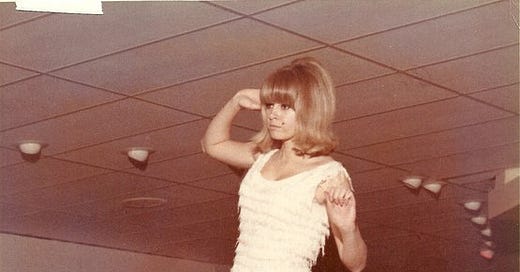


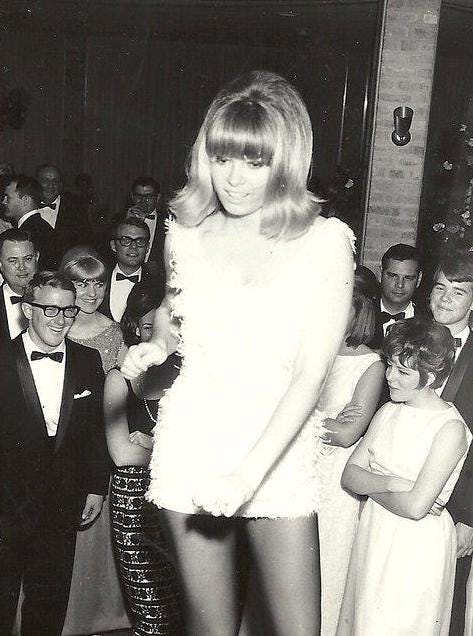
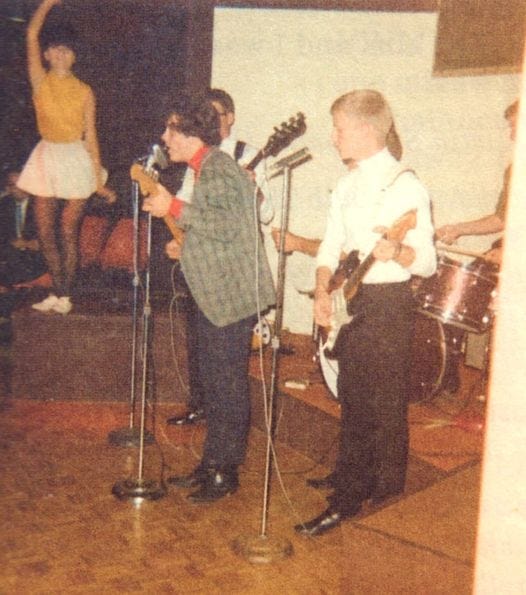
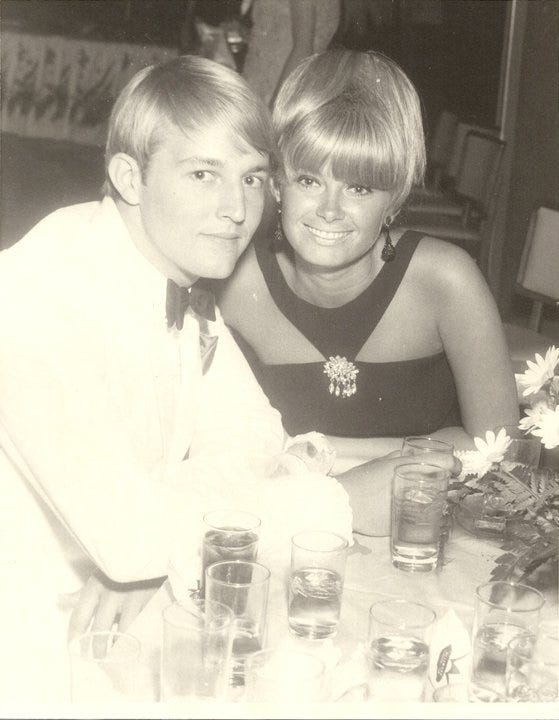
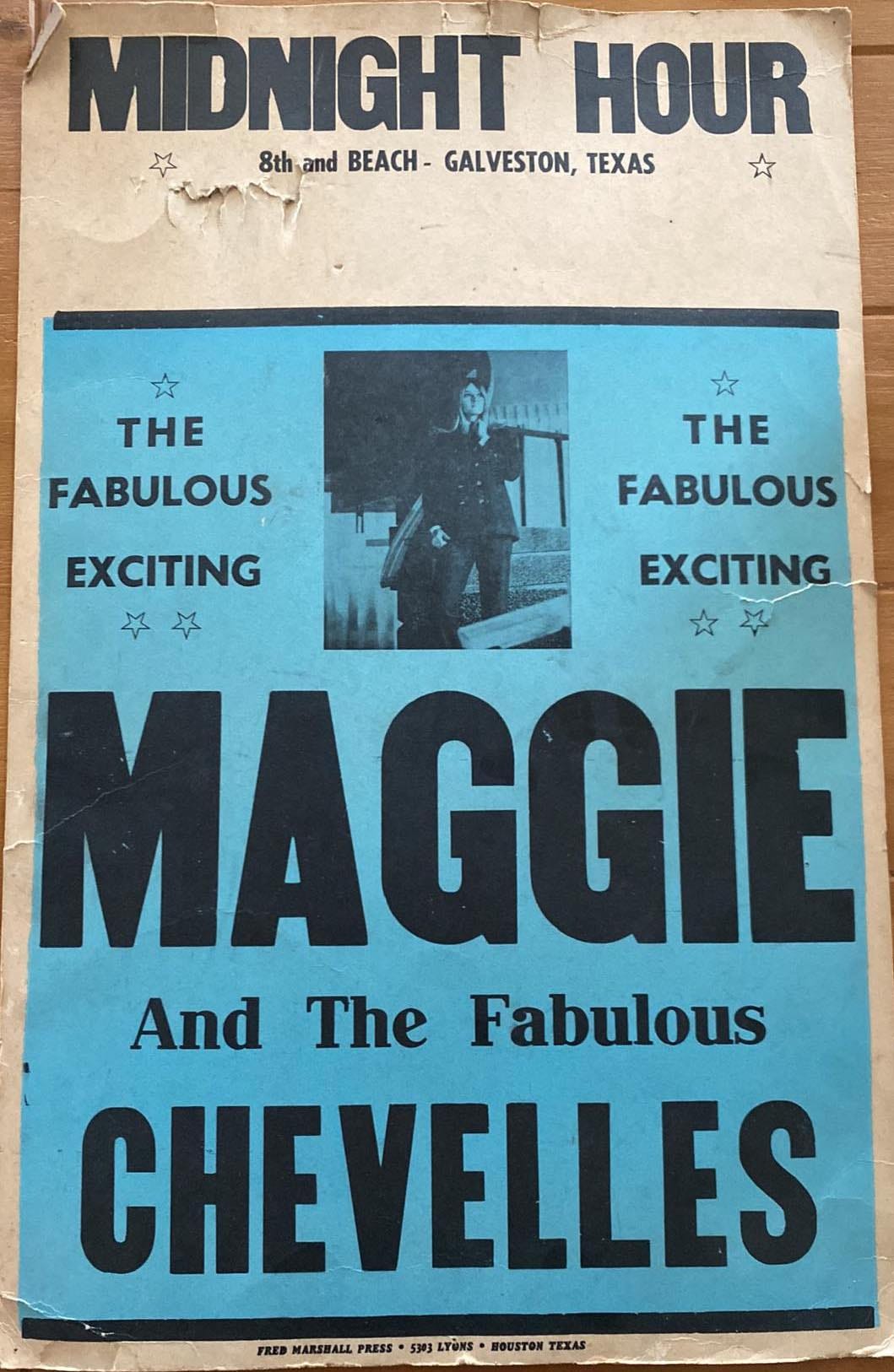
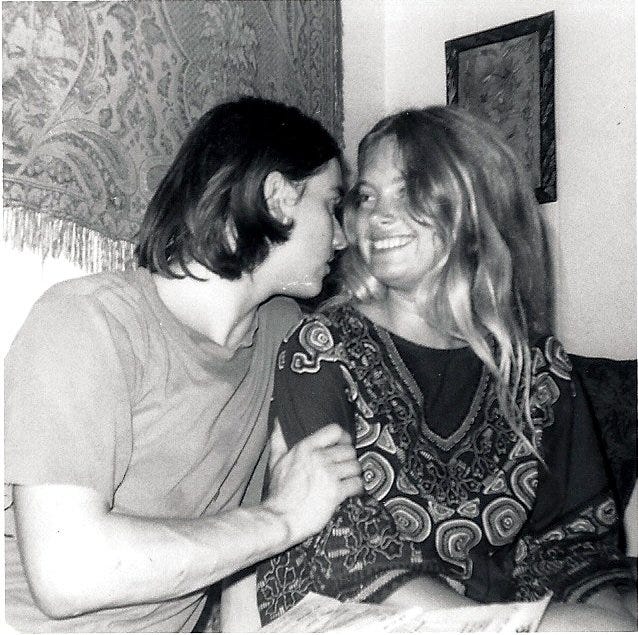
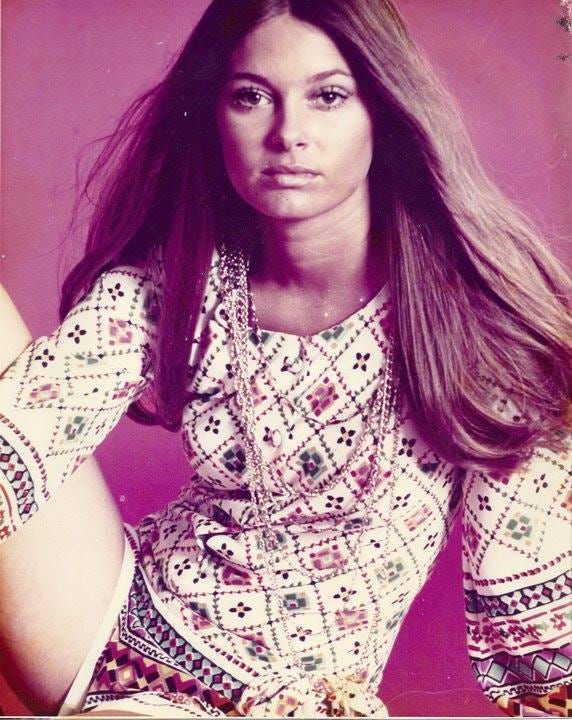

Damn you, Michael, but thank you! Lately I'm having trouble keeping up with the writers I follow on Substack but every time I see one of yours I can't resist just at least taking a peek, then I end up staying with them to the very end. This one's another example of just great storytelling about some fascinating characters. And such crazy dot-connecting, another hallmark of your stuff. Bravo!
Great post Michael. One small correction, though. Le Lolypop was on Lakeshore, not Riverside. The address was 1818 S. Lakeshore, which is now Waterfront Condominiums. You may recall, I wrote about this joint in my book 1960s Austin Gangsters. Not surprisingly, it was a favorite hangout of the Overton Gang. Maggie's comments about how fun that time was resonates with the interviews I did with a couple of the former dancers there.